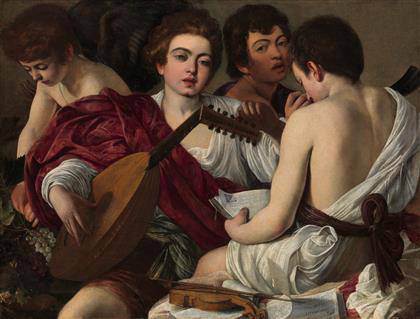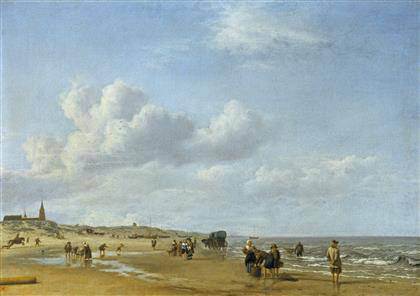
George Herriman: Krazy Kat, detail, from 1913, private collection
‘Pioneers of the comic strip’ at the Schirn Kunsthalle From June 23 to September 18, 2016, the Schirn Kunsthalle Frankfurt presents the first extensive thematic exhibition on the ‘Pioneers of the Comic Strip,’ who set the artistic and content-related standards of the early comic strips.]]>
Source: Schirn Kunsthalle Frankfurt
The exhibition features six outstanding, primarily American illustrators who shaped the cultural history of the comic strip: Winsor McCay, Lyonel Feininger, Charles Forbell, Cliff Sterrett, George Herriman, and Frank King. Unforgotten are Herriman’s absurd humor in “Krazy Kat” (from 1913), the Surrealist and Expressionist visual worlds of McCay (from 1904) and Sterrett (from 1912 onwards), Feininger’s comic strips for the Chicago Tribune (1906-7), or the comic strip “Gasoline Alley” by King (from 1921) told in real time over a period of three decades. With Forbell’s synthesis of the arts “Naughty Pete” (1913), the Schirn enables visitors to the exhibition to rediscover a forgotten illustrator.
The prevalence of the comic strip in the early 20th century was based on the meteoric rise of the newspaper as a mass medium. High-performance printing presses and decreasing paper prices made it affordable. This led to an explosion and democratization of newspapers, and the comic strip supplements they contained resulted in the first pictorial mass medium in history. A single New York-based publishing house could reach a readership of millions daily with only one newspaper issue. In order to distinguish themselves from the competition, resourceful publishers included magazine supplements in the Sunday edition of their papers—the first one to do so being Joseph Pulitzer (1847–1911)—and these included large comic strips printed in color.
Together with the cartoons with one line of panels in the weekday editions, these comic strips constituted the ultimate discipline, which was not followed by the now familiar comic books until the late 1930s. In the highly competitive newspaper market, comic strips meant power. The growth or decline of a newspaper was not decided based on the quality of the feature articles, business news, or the sport section, but on the popularity of its comic strips. The legendary newspaper war between Pulitzer and William Randolph Hearst (1863–1951), which lasted from 1895 to 1898, was waged in the comic strip supplements. In 1891, Hearst, who had recently come to New York from San Francisco, lured away Pulitzer’s entire staff of illustrators for the purpose of strengthening his own newspaper empire.
Related content
Peter Halley – The Schirn Ring (exhibition, 2016)
Follow us on:


